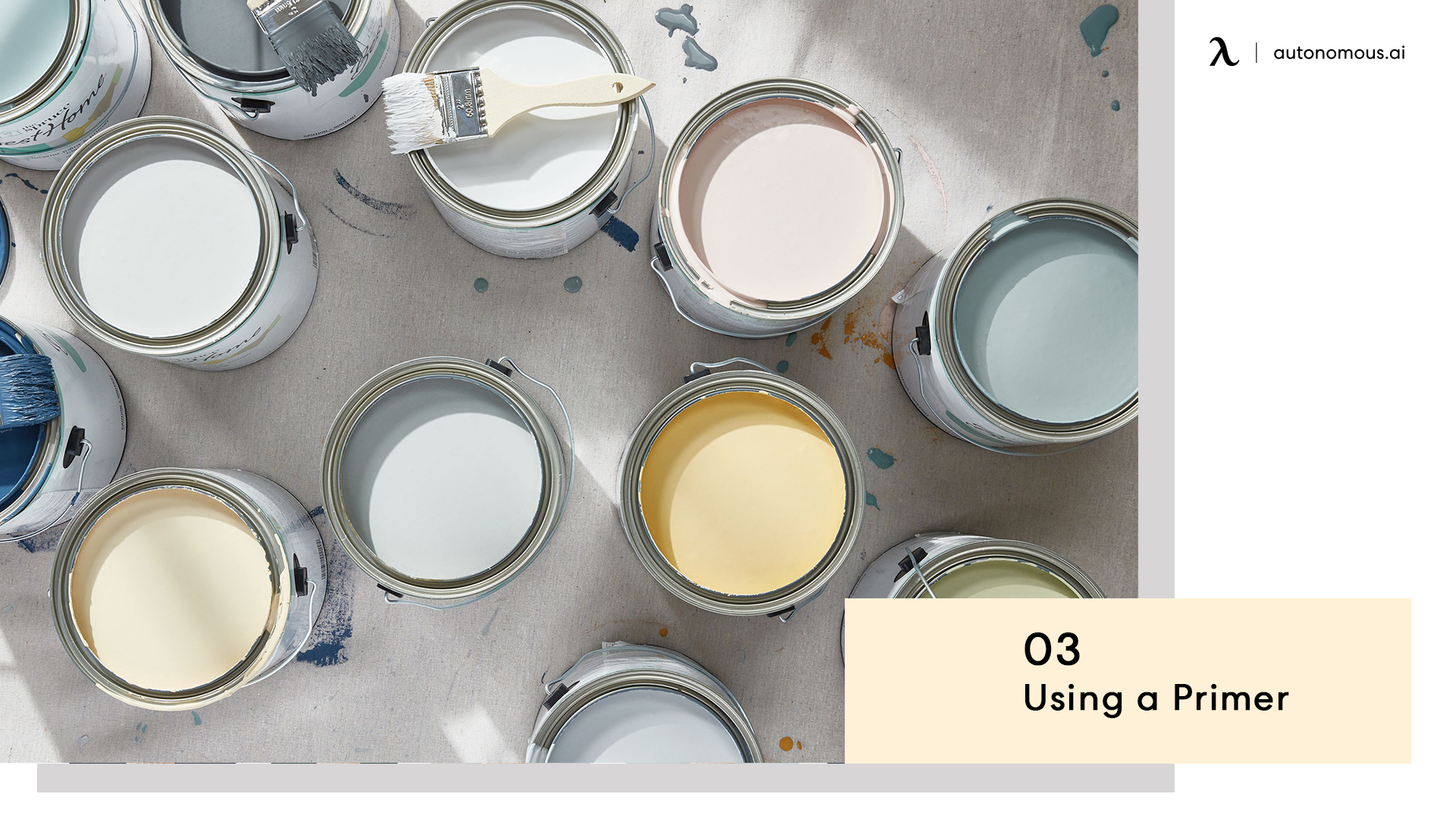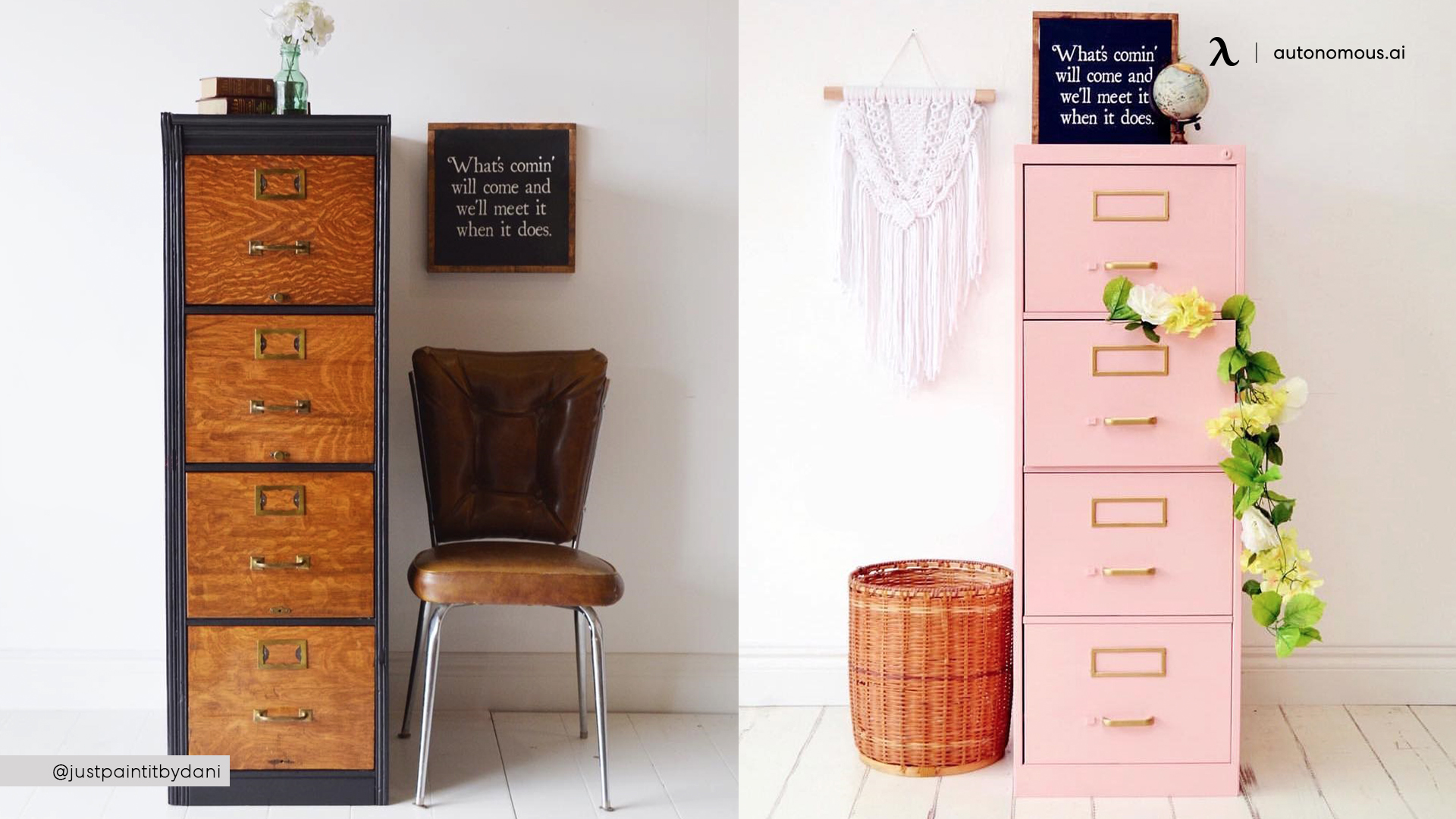The Aesthetics of Painted Metal File Cabinets

Transforming a mundane metal file cabinet into a stylish statement piece is easier than you think! Painting offers a fantastic opportunity to inject personality and flair into your workspace or home, seamlessly blending functionality with aesthetic appeal. Let’s explore the exciting possibilities.
Aesthetic Styles Achievable Through Painting
The right paint job can completely change the character of a metal file cabinet. A minimalist approach might involve a single, neutral color like a soft gray or crisp white, creating a clean and uncluttered look. This complements modern and contemporary spaces beautifully. Conversely, an industrial aesthetic can be achieved with darker colors such as charcoal gray or deep navy, possibly accented with metallic hardware for a rugged, vintage feel. For a touch of vintage charm, consider pastel shades, distressed finishes, or even a faux-wood effect, evoking a nostalgic feel. Think soft pinks, muted greens, or warm creams, perhaps with a slightly chipped or weathered appearance.
Preparing the Metal File Cabinet Surface for Painting
Proper preparation is key to a long-lasting and beautiful finish. This involves a straightforward, three-step process: cleaning, priming, and sanding.
- Cleaning: Begin by thoroughly cleaning the cabinet’s surface with a degreaser to remove any dirt, grease, or old paint. Use a stiff brush or scouring pad to reach crevices and ensure a completely clean surface. Rinse with clean water and allow it to dry completely.
- Priming: Once dry, apply a metal primer specifically designed for adhesion to metal surfaces. This crucial step ensures the paint adheres properly and prevents rust. Apply thin, even coats, allowing each to dry completely before applying the next.
- Sanding: After the primer has dried, lightly sand the surface with fine-grit sandpaper (around 220-grit) to create a smooth surface for the paint to adhere to. Wipe away any sanding dust with a tack cloth before painting.
Comparison of Paint Types for Metal File Cabinets
Choosing the right paint is vital for durability and aesthetic appeal. Here’s a comparison of popular options:
| Paint Type | Pros | Cons | Suitable Styles |
|---|---|---|---|
| Enamel Paint | Durable, hard finish, resistant to scratches and chipping, wide range of colors | Can be strong smelling, requires careful application to avoid brushstrokes | Industrial, Vintage, Minimalist |
| Acrylic Paint | Easy to apply, water-based (low odor), quick drying time, readily available | Less durable than enamel, may require multiple coats for full coverage | Minimalist, Vintage (with distressing techniques) |
| Powder Coat | Extremely durable, chip-resistant, wide range of colors and finishes, environmentally friendly | Requires specialized equipment for application, not suitable for DIY projects | Industrial, Modern |
Practical Considerations for Painting Metal File Cabinets

Transforming your metal file cabinets with a fresh coat of paint is a rewarding project that can dramatically improve your workspace’s aesthetic appeal. However, achieving a durable and professional finish requires careful consideration of several practical factors. Understanding the nuances of paint types, preparation techniques, and safety protocols will ensure a long-lasting and visually stunning result.
Painting metal file cabinets – The longevity of your painted cabinets hinges significantly on choosing the right paint and considering your environment. Different paint finishes offer varying degrees of protection against wear and tear, humidity, and sunlight. Understanding these differences is crucial for a successful outcome.
Paint Finish Durability in Different Environments
The choice of paint finish directly impacts the long-term durability of your project. For instance, in high-humidity environments like basements or bathrooms, a high-quality alkyd enamel or a specialized rust-inhibiting paint offers superior protection against moisture-related damage compared to a simple acrylic latex. Alkyd enamels are known for their hardness and resistance to chipping, making them ideal for high-traffic areas. In locations with significant direct sunlight, a paint with UV inhibitors is essential to prevent fading and cracking. Acrylic latex paints, while generally easier to apply, may be less durable in these harsh conditions. For example, a file cabinet painted with a standard acrylic latex in a sunny office might fade noticeably within a year, while one painted with a UV-resistant acrylic or an alkyd enamel would retain its color far longer.
Tools and Materials for Painting Metal File Cabinets
Proper preparation is key to a flawless finish. Gathering the necessary tools and materials beforehand streamlines the process and ensures a safer working environment. Remember, safety should always be your top priority.
Below is a list of essential tools and materials. Always ensure proper ventilation and wear appropriate safety gear, including gloves, eye protection, and a respirator when working with paints and solvents.
- Metal file cabinets
- Appropriate paint (alkyd enamel, acrylic latex with UV inhibitors, or rust-inhibiting paint, depending on the environment and desired finish)
- Primer (specifically designed for metal surfaces)
- Sandpaper (various grits, from coarse to fine)
- Tack cloth
- Painter’s tape (for masking edges and details)
- Paintbrushes (various sizes, for different areas)
- Paint roller and tray (for larger surfaces)
- Drop cloths or plastic sheeting
- Safety glasses
- Gloves
- Respirator (especially when working with oil-based paints)
- Paint thinner or cleaner (if using oil-based paints)
Step-by-Step Guide for Painting Metal File Cabinets
Painting metal file cabinets successfully involves a methodical approach. Each step contributes to the final outcome, ensuring a professional and even finish. Take your time and focus on each step to achieve the best results.
- Preparation: Clean the cabinets thoroughly with a degreaser to remove any dirt, grease, or rust. Sand the surface lightly to create a better bonding surface for the primer. Use a tack cloth to remove dust and debris.
- Priming: Apply a coat of metal primer, following the manufacturer’s instructions. Allow it to dry completely before proceeding. This crucial step ensures better adhesion of the paint and prevents rust formation.
- Painting: Apply thin, even coats of paint, allowing each coat to dry completely before applying the next. Two or three coats are usually sufficient. For tricky areas like corners and edges, use a smaller brush or work carefully with a roller, ensuring full coverage. Avoid heavy brushstrokes that might create uneven textures.
- Finishing Touches: Once the paint is completely dry, carefully remove any painter’s tape. Inspect the finish and address any imperfections with a light sanding and a touch-up of paint if necessary.
Creative Applications and Design Ideas for Painted Metal File Cabinets

Transforming mundane metal file cabinets into stunning design elements is easier than you think! With a little creativity and the right paint, these often-overlooked pieces can become focal points in any room, adding personality and practicality to your space. Let’s explore how you can unlock their hidden potential.
Innovative Uses of Painted Metal File Cabinets in Different Interior Design Settings
Painted metal file cabinets offer surprising versatility. Their sturdy construction and adaptable nature lend themselves beautifully to a range of interior design styles. In a home office, a cabinet painted a sophisticated charcoal gray could provide both storage and a stylish workspace anchor. Imagine it paired with a sleek, modern desk and minimalist accessories. For a more bohemian feel, consider painting a cabinet a vibrant turquoise or sunny yellow, adding a pop of color and personality. In a living room, a distressed, antique-white cabinet could serve as a charming media console, its drawers holding remotes and games. A bedroom might benefit from a softly painted pastel cabinet, used as a bedside table or a chic storage solution for clothes and accessories. The possibilities are truly endless, limited only by your imagination and the color palette you choose.
Enhancing Visual Appeal with Different Painting Techniques
The beauty of painting metal file cabinets lies in the ability to personalize them using various techniques. Careful consideration of these techniques can elevate a simple piece of furniture into a work of art.
- Stenciling: Stenciling allows for intricate designs and patterns to be easily applied. Imagine a geometric pattern in gold on a navy blue cabinet, creating a striking Art Deco vibe. Or perhaps a delicate floral stencil in soft pastels for a romantic shabby chic aesthetic. The clean lines and precise application create a polished, professional finish.
- Distressing: Distressing techniques, such as sanding or applying crackle medium, can create a vintage or antique look. A distressed white or gray cabinet with slightly chipped paint can evoke a charmingly rustic farmhouse feel, particularly when paired with other vintage or repurposed furniture. This technique adds depth and character, making the piece appear older and more weathered than it actually is.
- Layering: Layering colors involves applying multiple coats of paint, allowing some of the underlying colors to peek through. This creates a subtle, multi-dimensional effect. For instance, applying a layer of cream over a base coat of light teal will create a soft, vintage-inspired look with a hint of unexpected color. This method is particularly effective in creating a faded or washed-out appearance.
Reimagining “Painting Metal File Cabinets: A Comprehensive Guide”
Forget the robotic, formulaic approach often found in AI-generated content. Let’s paint a picture (literally!) with a human touch. This isn’t just about applying paint; it’s about transforming a utilitarian object into a piece that reflects your personality and enhances your living space. Start by carefully cleaning your cabinet’s surface, ensuring it’s free of grease and dust. Then, choose your paint – high-quality acrylic enamel is ideal for metal surfaces, providing a durable and long-lasting finish. Consider the existing cabinet color; a dark color might require a primer coat for better coverage. Remember to work in a well-ventilated area and protect your work surface. Apply thin, even coats, allowing each coat to dry completely before applying the next. Don’t rush the process; patience is key to achieving a professional finish. Once dry, consider a protective sealant for extra durability. And finally, stand back and admire your handiwork – a unique, personalized piece that speaks volumes about your style and creativity. This isn’t just about following instructions; it’s about expressing yourself.
